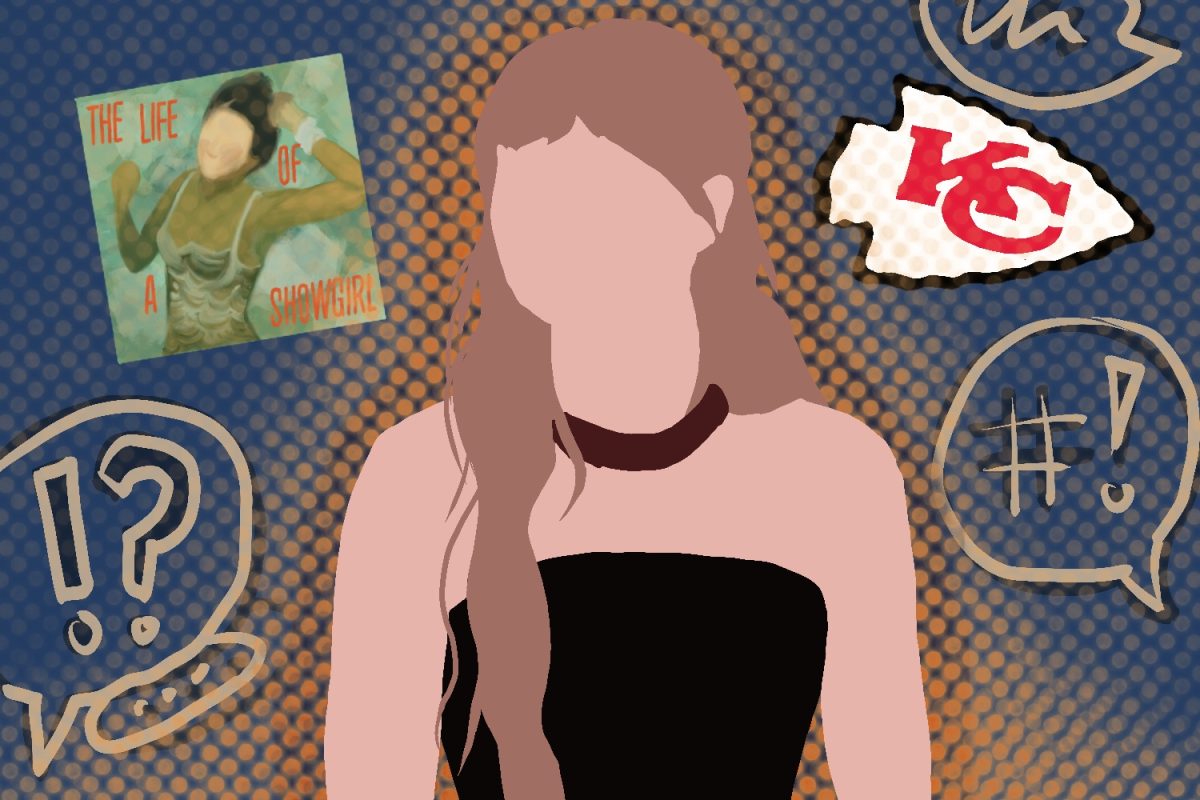The clean girl aesthetic. The slick-back bunned, no-makeup, neutral-clothed, healthy girl is an inaccurate depiction of what it is like to be a woman. The aesthetic inspires the idea that if you dress “clean” and neutral, with an acne-free face, you will be motivated to do great things.
Maybe I’m a little jealous that I cannot achieve this aesthetic myself.

The first step is to have clear skin, which feels exclusive to a lot of people. The “clean girl” wears a no-makeup, makeup look. Which is basically putting on makeup — but not too much where it’s noticeable — because apparently wearing makeup that is noticeable is now a faux-pas.
It also creates this pressure on young audiences that you need to look perfect every day. The fact that I’m already excluded from this trend because I have some pimples on my face feels a bit ridiculous.
In this trend, it’s also common to get up, have a matcha latte, do some yoga or meditation and eat food that looks good when you Instagram it later. It’s important to note that those at the forefront of this trend are skinny, young, white women — giving us another reason to label this trend exclusive.
If my opinion wasn’t already apparent, let me make it very clear — I don’t like this idea of a “clean girl.” It’s unrealistic.
It is fatphobic. As all the influencers portraying this role are thin. The trend is all about showing collar bones to emphasize your natural beauty.
It’s classist. You can’t show any evidence of any exhaustion or dirt, let alone the fact that the upkeep of this lifestyle is expensive.
As mentioned before, it also appeals prominently to white women. Making this connection that only white girls can be seen as “clean” with hairstyles and makeup looks that people of color have been doing for years.
I think I could last a maximum of two weeks faking this lifestyle until I become exhausted by the facade it creates.
Why can’t there be a trend that showcases our reality? A trend that shows girls waking up at 11 a.m. and staying in bed to watch Netflix. Or that celebrates cozy crewnecks and sweats because it is too cold to wear a white button-up shirt.
Why don’t influencers do that? Make everyone feel comfortable with their lifestyle and choices, not pressuring women to feel constant guilt that they aren’t doing enough to look good.
The answer is simple: because it’s not marketable enough. These influencers need to create this false reality, an ideal impossible lifestyle, so that the average person can look up to them and use them as motivation. The average person will look at these influencers and know that they will never be them.
But it’s all a lie! These influencers fake their reality and make this aesthetic their brand, and all their followers will struggle and feel bad about themselves because they can’t be like them. They can’t afford this lifestyle — because who has the time or the money?
I hope we can transition to a more transparent relationship between creators and consumers. I understand an influencer needs to make money, but why take advantage of your insecure viewers?
Take Emma Chamberlain as an example. Her podcast is transparent about her mental health, day-to-day life and how sometimes she just needs to take a breath. These “clean girls” never seem to take a break! That lifestyle would be exhausting if it were true.
I want more relatable people on my feed. TikTok makes me depressed and self-conscious because of all these lives and routines I could have if I looked better, tried harder and spent more.
The clean girl aesthetic needs to die, and we need to create a new aesthetic where we just live.

















































































































